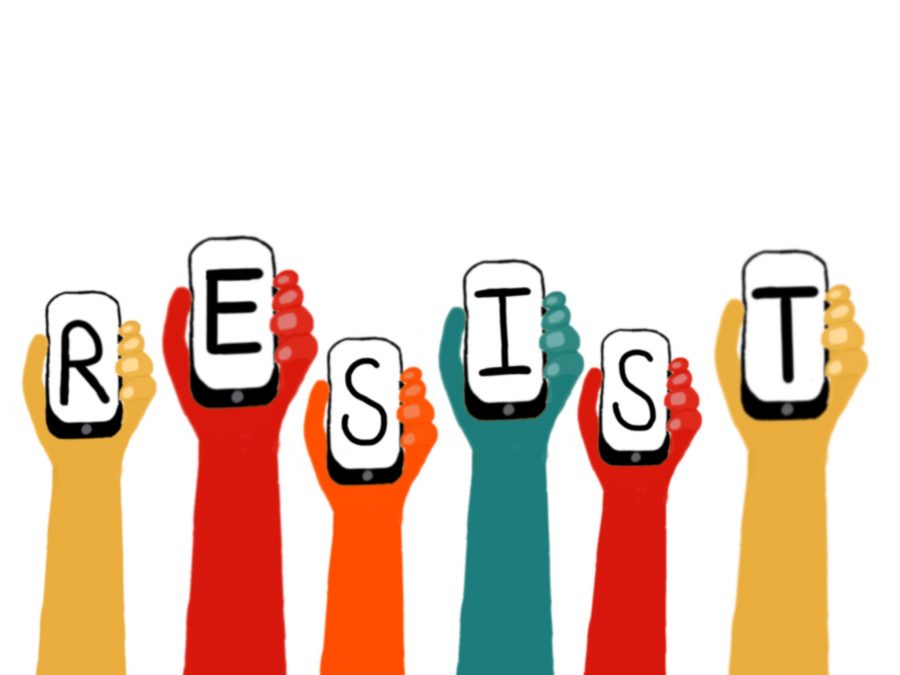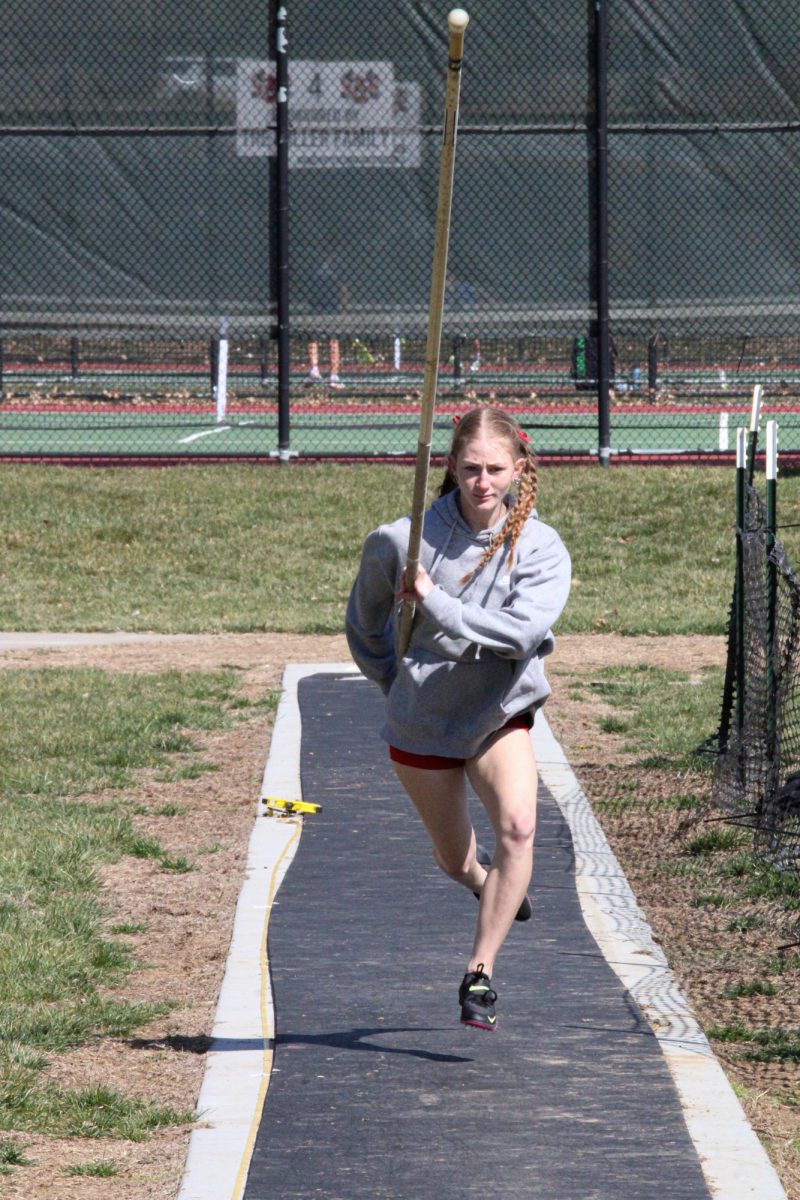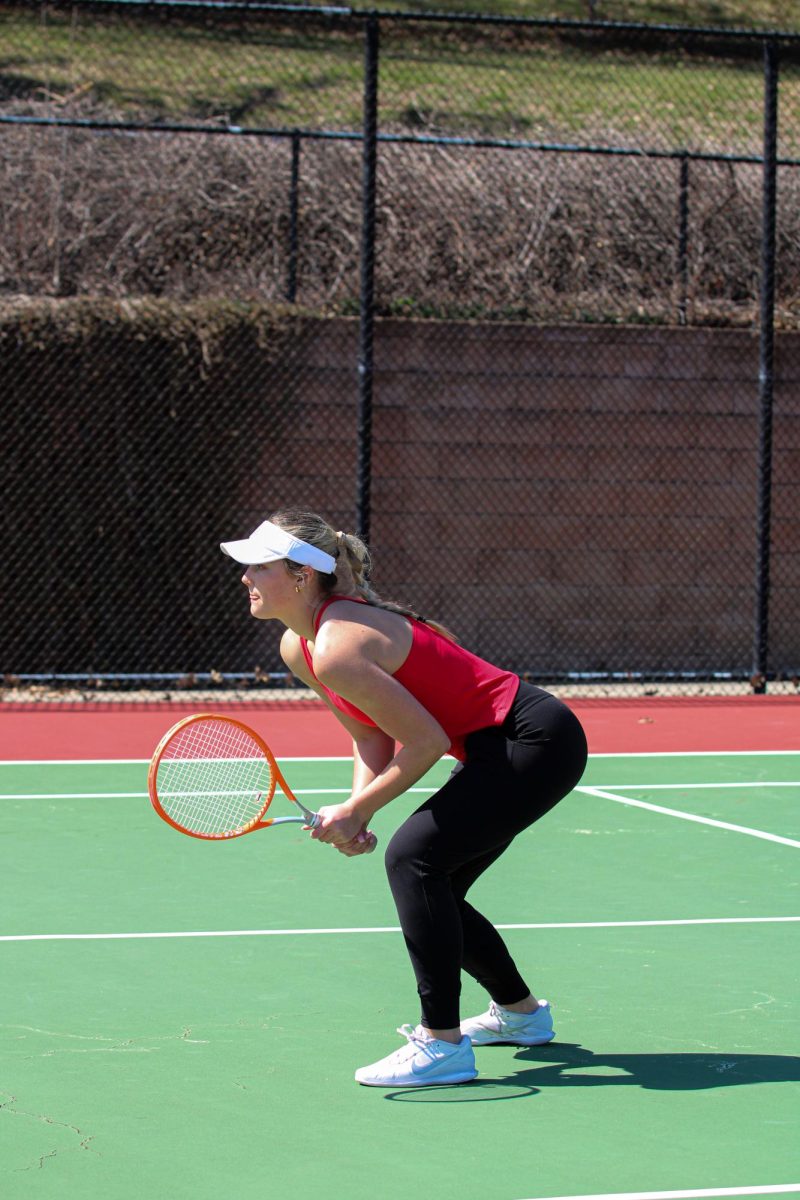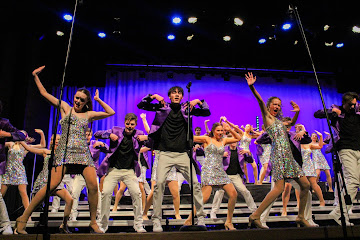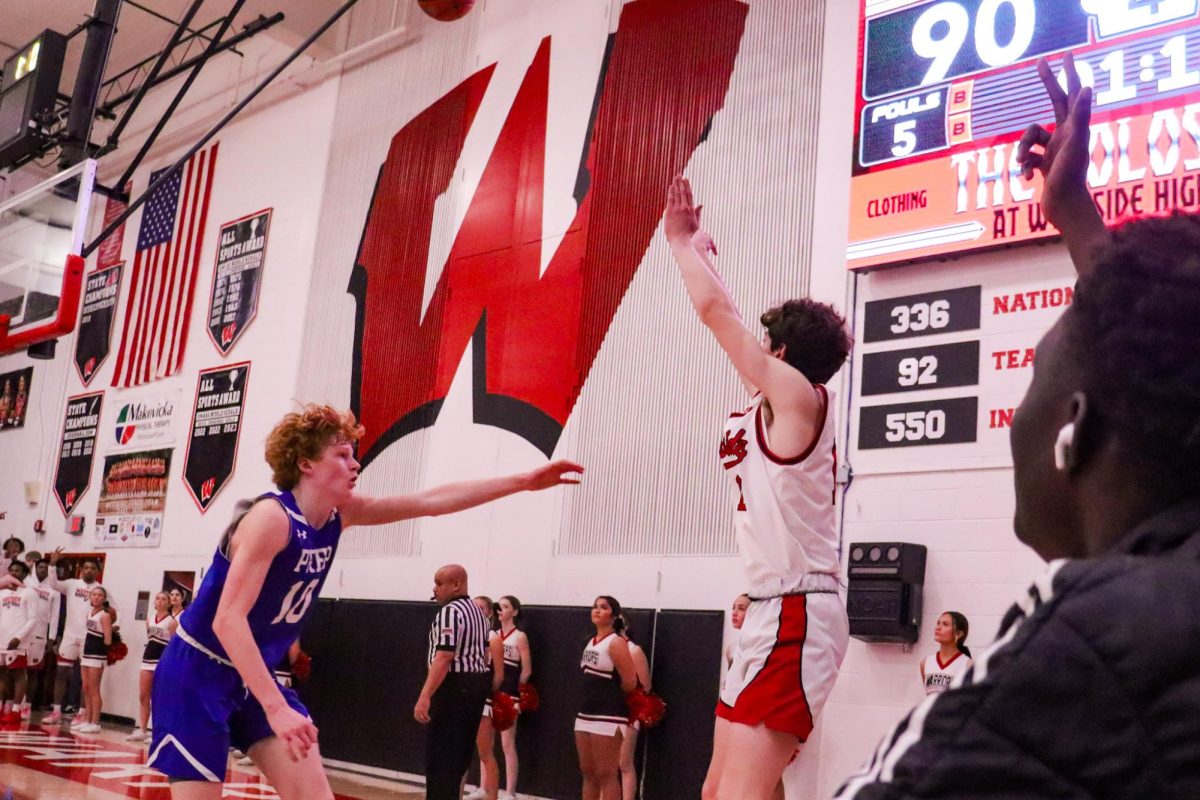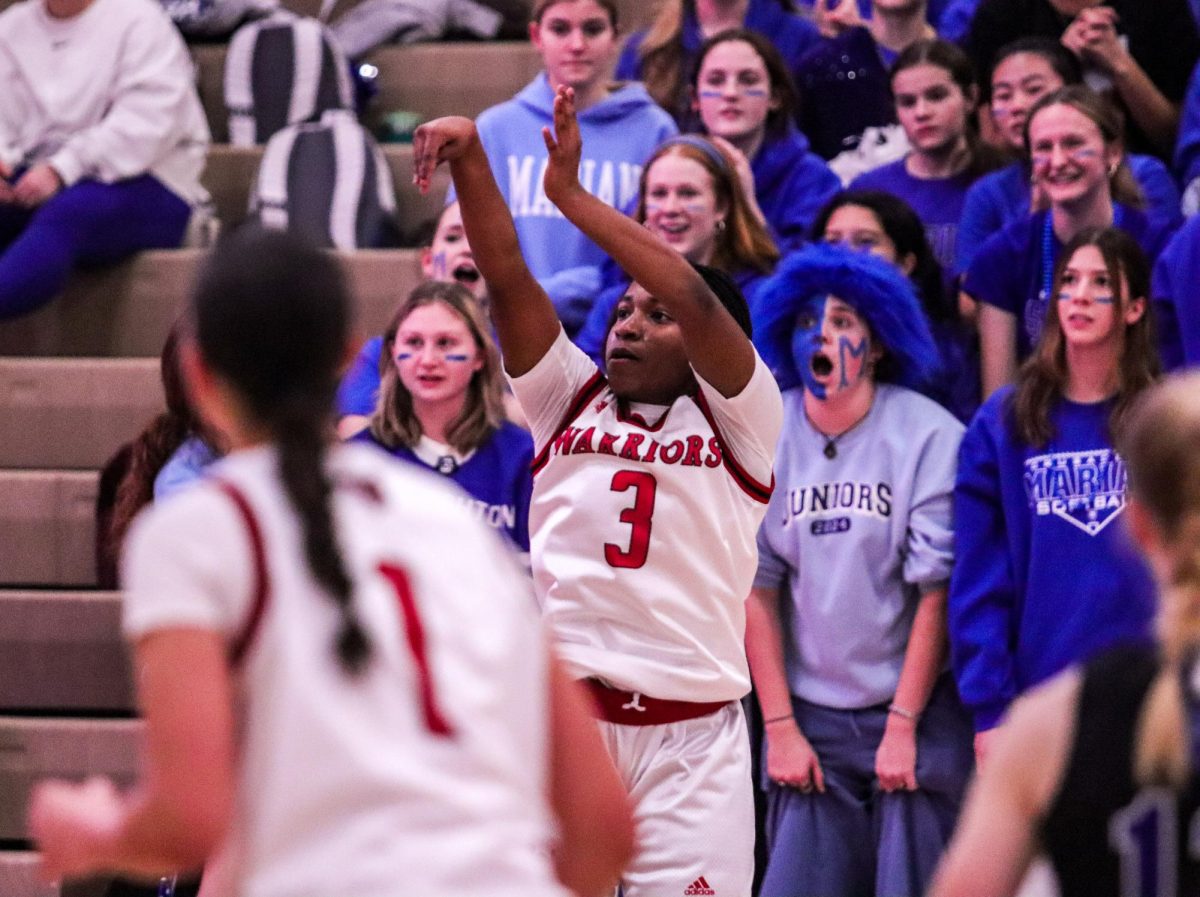Meredith Matz
Lance News Editor
Middle school, high school and college students have been part of the evolution of social justice movements since the end of World War II. This began with the 1960s Civil Rights Movement, whose goal was to end racial segregation. During this movement, students participated in nonviolent protests by holding up signs, marching and coordinating sit ins. This caused them to gain recognition in the press.
Activism has transformed into tweets, texts and posts to create a world of student activism amplified by technology and social media. Central High School senior Nick Koehler has been using social media to his advantage. Koehler currently works for Kara Eastman, who is running for Congress, and is an intern for the Douglas County Democratic Party.
“I try to attend as many political events as I can,” Koehler said. “I definitely get involved. Social media is definitely a place where I can figure out where events are going on, who’s hosting them and, even for Central, I use it for events.”
Technology began to take over the world of student activism as soon as it was created. Recently, this occurred during the ALS Ice Bucket Challenge, an internet challenge which raised money for research for the debilitating motor neuron disease, also known as Lou Gehrig’s disease. People around the world were challenged to pour buckets of water on their heads and then donate money to the ALS Organization. This challenge was launched on July 14, 2014, and since then, the foundation has collected more than $115 million in donations along with over 28 million social media posts, comments and likes on these ice bucket videos, according to BBC News Magazine. Because this movement began on the internet and spread quickly, awareness was raised and action was taken to contribute to ALS research.
Aside from research activism, social media is also used to give people a voice who feel like they may not have one. An example of this is the Black Lives Matter movement. In 2013, three woman began this movement due to their anger and frustration about racism. The first protest, in 2014, was organized due to an African American, Mike Brown, being shot by a white police officer. After the news spread on social media, students, adults and more gathered in protest. This movement evolved through social media and led to protests, movements and voices waiting to be heard. The hashtag #BlackLivesMatter has been posted over 41 million times.
Along with Black Lives Matter, there are other movements such as Time’s Up, #MeToo, No Ban No Wall and many more that have gained national attention on social media. These posts have become the start of change for many young lives around the country. Using technology and social media for student activism cuts the planning and time frame of events in half. Social media is able to get the word out within minutes, whereas without social media, it would take much longer.
March for Our Lives is a movement that began for students to participate in protests together. The hashtag #MarchForOurLives exploded on Twitter through students and adults. On March 24, kids and families took the streets of Washington D.C. to demand that their lives and safety become a priority. The purpose of the march was to spread gun violence awareness and hope to end mass shootings, according to the March For Our Lives website. There were over 836 events planned on March 24 worldwide after the announcement of the Washington D.C., rally came out.
Twelve hours after the Parkland massacre, which resulted in the death of 17 people, a group of student journalists, drama students and government students gathered near the school to turn interviews into calls for action. The #NeverAgain campaign began when a group of drama students started tweeting it. This movement has allowed students across the country to voice their opinions on social media and find out about new events involving this topic.
Westside held its own sit-in on March 14, where students gathered for 17 minutes in silence in honor of the 17 people killed in the Parkland shooting. Sophomore Lukes Loontjer, a member of Student Council, both participated and helped create the event.
“I really enjoyed being able to help organize this event and get the word out by printing flyers and posting about it on social media,” Loontjer said.
This event being planned, 17 minutes for 17 victims, gained attention online before being approved by administration, leading to larger participation.
“I think that students organizing and participating in this event was very important,” Loontjer said. “Allowing students to have a voice without having to speak was a respectful way for us to go about it.”


